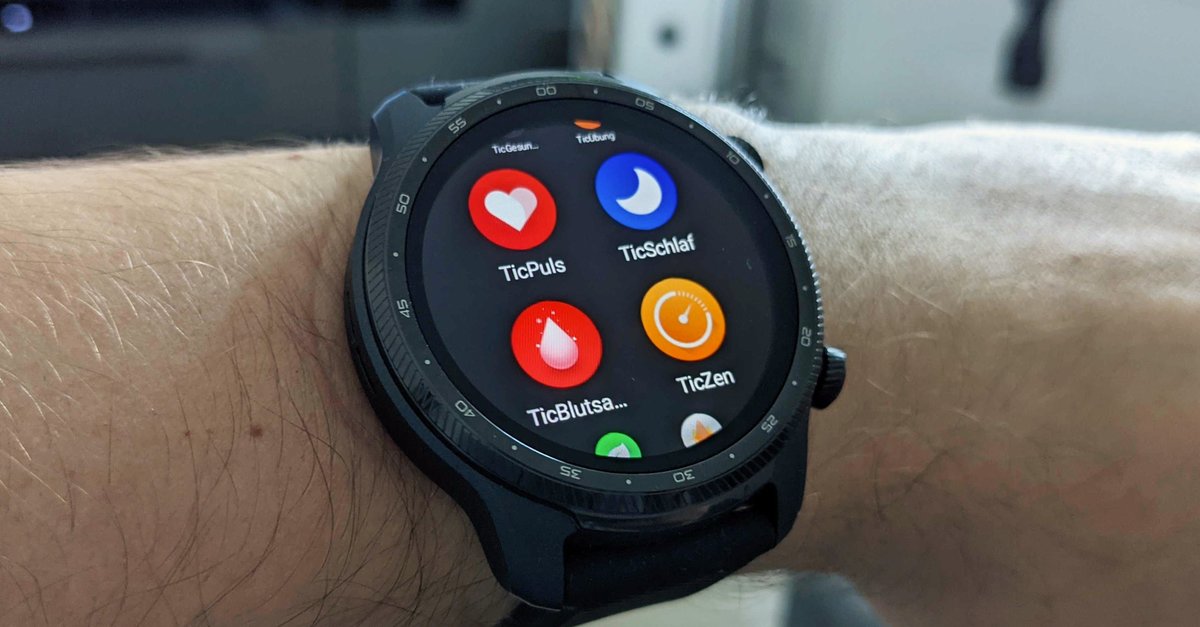It’s time for healthcare and life sciences
No time right now?
Health is the topic of the hour. An opportunity for the industry were it not for the particular communication challenges. So content marketing can still be used profitably.
Contemporary digital communication is transparent and requires dialogue. A particular challenge for life sciences and healthcare companies, which because of the legal regulations have a harder time reacting to the new requirements than other industries. For example, there is pharmacovigilance, i.e. drug safety, which dictates that drug manufacturers constantly monitor communication on finished drugs. No matter whether on your own website, in social media channels or in external forums. Side effects that are posted must be viewed, documented and reported. This should not only detect undesirable effects, but also take measures to minimize risks.
The Heilmittelwerbegesetz (Heilmittelwerbegesetz, HWG, 1969), which is intended to protect against incorrect advertising for medical products or therapeutic methods, brings with it further challenges: For example, it makes it more difficult for doctors to use doctors for their own purposes. Work clothing, i.e. a doctor’s coat, has only been allowed to be shown in communication since 2012. Advertising of prescription drugs including the “promise of action” must not take place at all. “Helps against runny nose”, for example, is not a valid statement if a preparation or behavior only alleviates the symptoms.
Contents
Diagnosis of content marketing: healthy communication in digital change
But communication on the emotional topic of health in particular has changed rapidly in the face of digital change: patients are demanding their say online. Diagnoses are discussed publicly in forums and on social media channels and the critical exchange about clinics, medication and services takes place in public. The dialogue is also supported from “our own ranks”: Doctors take a position on health policy, nurses write blogs about work culture or stand up for patient rights.
However, the industry is silent. There is no dialogue with the important target groups, and the necessary information is not provided. The challenges seem to have led the majority of companies to adopt a strategy of largely restricting communication or trying to contain it.
Social media is usually only operated in a rudimentary way, SEO potential is hardly used and the service aspect is also often excluded. OTC pharmaceutical companies bring up the rear in the content marketing comparison – even though they usually have high marketing budgets.
Here it should be reconsidered whether one-way street communication on the classic channels is still up-to-date or whether the budgets are not better used in content marketing measures. Communication on social media channels (including community management) nowadays reaches the important target groups much better than classic advertising and high-priced TV spots.
Social networks are becoming more and more important when it comes to health – and not just for the younger generation. Almost ninety percent of older adults have used social media to find or share health-related information.
The internet has become an important health resource. And wouldn’t the presence and expertise of healthcare and life science companies be important, especially in times of pandemic?
Social media consultation hours: keep a minimum distance from medication
The topic of health offers a variety of opportunities for storytelling with added value, even with the necessary distance to the drug or therapy. A good example: the subject of respirators. Why have not more companies from the health sector relied on communication about the effectiveness or the correct wearing of masks in the last few months? There were enough social media posts with tips on this, yes – but they came from telecommunications companies, beauty product manufacturers or even car manufacturers, for example. Shouldn’t one have shown expertise on this or another suitable important health topic?
Networked health: electronic patient files, telemedicine and wearables
Certainly, when it comes to sensitive issues such as chronic diseases, the challenge is greater to keep the minimum distance from drug therapy. It requires a sure instinct, but that is also possible.
Apart from that, there are also exciting topics such as m-health, telemedicine, wearables and personalized medicine. At the beginning of the year, the electronic patient record (EPA) was added, a milestone for the digitization of the health sector. It is precisely these trends that require clarification and intelligent communication. Do you want to leave this opportunity to the other industries as well?
From a content marketing point of view, the industry should use the “low hanging fruits” of the current hour and at the same time pick up the communicative needs of the target groups (B2C and B2B). In order to play an important role in the future dialogue on all aspects of health, the course should be set now. The most important first step here is very clear: turning from reaction to action.
3 Profitable Content Marketing Measures for the Healthcare Industry:
1. Top effect: SEO meets educational content
Strategic approach: answer search intentions on an equal footing
SEO analysis including technical SEO check of the website as well as SEO strategy: This is a good starting point. In addition, content should be created for the most important subject areas (relating to products or treatment methods) with the help of SEO copybooks. The amount and text length result from the strategy.
Extra tip: High quality educational content is particularly suitable for the healthcare and life sciences sectors. Texts should be well structured, explain technical terms at eye level and provide information in exciting formats. The added value creates trust in the target group. Educational content also fulfills the query management, in short: Google rewards the content with a better ranking.
2. Data-driven provision: a healthy community is in dialogue
Strategic Approach: Better to be safe than sorry
Subject areas can be viewed in advance through data analysis. Extensive social listening, for example, not only helps to define important channels and achieve better performance, but also to identify the interests of target groups relating to the company or a product. Looking at the net sentiment also provides information on whether a company or product is being talked about positively or negatively. This enables communicative prevention to be achieved: The social media editors, who ideally have been trained on important topics, can prepare for the dialogue.
Community management tools also make it easier to monitor the latest comments and help to report comments with side effects even faster. The “crisis traffic light” provides additional security: Comments are sorted according to the traffic light colors. In the case of orange comments, the answer is planned strategically; in the case of red comments, the crisis team (consisting of members of the editorial team and people from the company) is convened to jointly decide how to proceed.
3. New Generation: Question Time or Overtake?
Strategic approach: more authenticity in times of fake news
Julia Roberts showed us how to do it. The American actress gave her Instagram account to virologist Anthony Fauci for two days last year to draw attention to verified facts about the pandemic. Sure, just hand in the account like a Hollywood star, that’s not possible for a healthcare or pharmaceutical company in this country. The HWG also provides important guidelines.
Nevertheless, new formats do not have to be completely ruled out. The people who speak for the company don’t always have to be doctors. How about a patient, relatives or younger employees? Similar contemporary formats such as an ask-me-anything (AMA), stories and live or video formats can also be used for this purpose. Real people create closeness and credibility, the new formats create additional reach and present a modern understanding of communication. Probably the most important aspect for today’s communication: You show the willingness to meet people on an equal footing.


